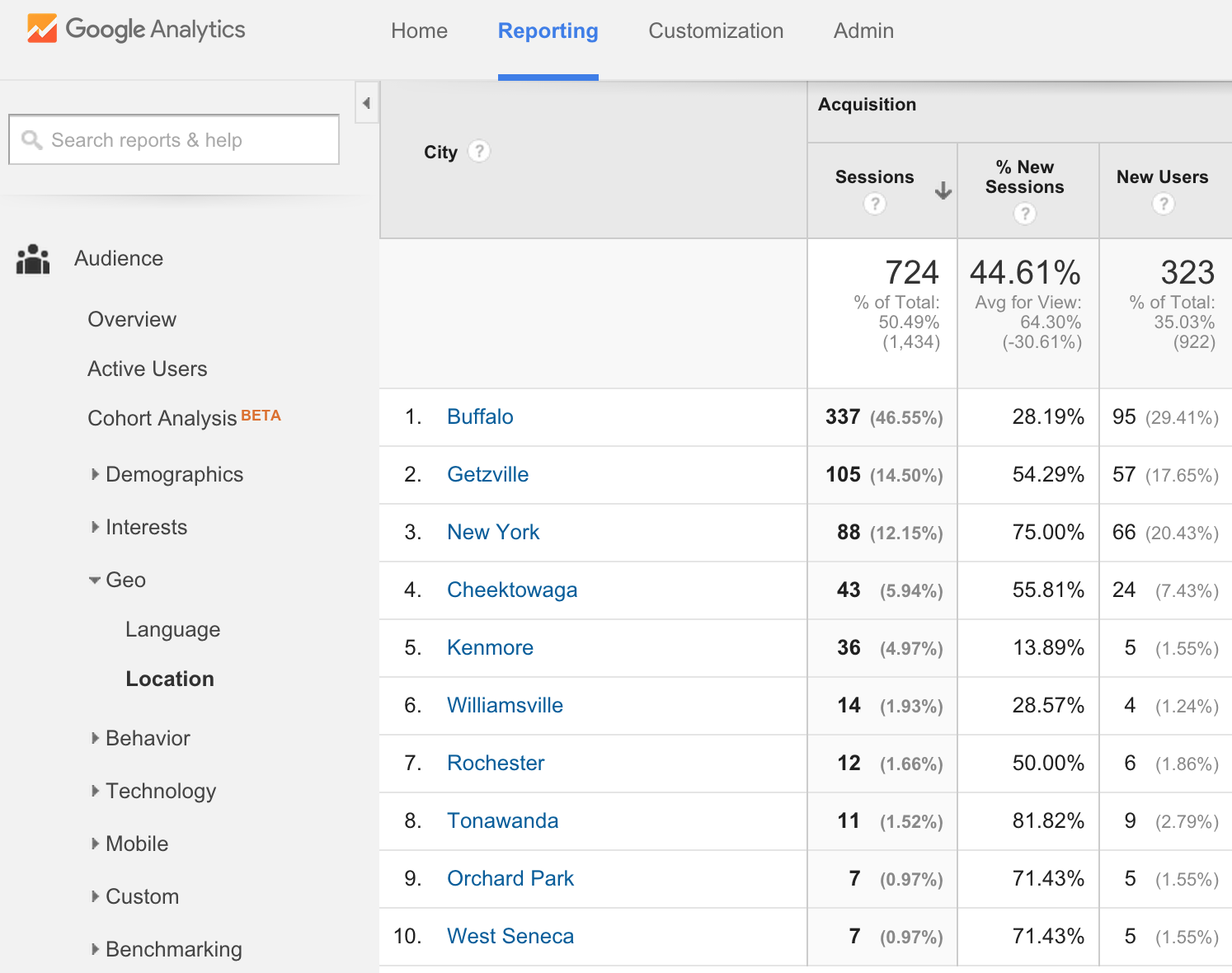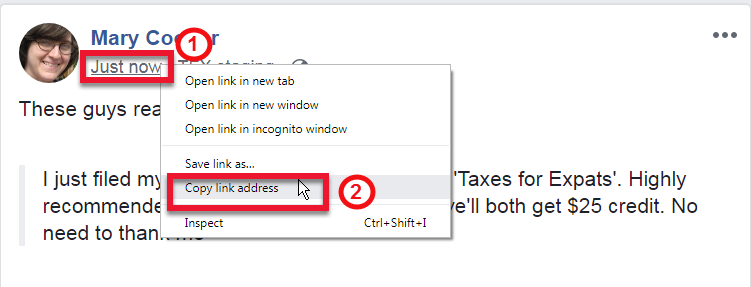
Your website or blog has been decided to be worth reading. Now what? How do you create a strategy for getting your content in front and relevant audiences? This article will talk about the various aspects that make up a Content marketing strategy. From identifying your target market to creating a checklist, we'll discuss them all. Now you are ready to begin writing. Before you begin writing your content, consider your target audience and your goals.
Content marketing strategy
Content marketing strategies that are successful start with a goal. Common goals include increasing website visits, building social networks, and increasing the number of sign-ups for your newsletter. You will be able measure your success better by setting goals. Here are five steps that will help you create a content marketing plan that works. Learn more in this article.

Know your audience. Your content should address their most pressing problems and offer the best solution. You can analyze the current content landscape and the top search engines results (SERPs), in order to find ways to differentiate your content. Include information on how you will evaluate and promote your content's effectiveness. Make sure to include the following:
Target audience
For a content marketing strategy to work, it is essential that you know your audience. It's crucial to understand your audience in order to create targeted content and convert more customers. Below are some tips that will help you identify your audience. Read on to discover more. - Create personas to understand the needs and interests of your clients.
- Research your audience. After conducting thorough audience research you will decide which content type is best suited to your target audience. It is possible to distinguish between transactional or informational content. Keep in mind that your audience is most likely to be interested informational content when choosing a content type. Content marketing strategies should be evolving, constantly looking back at data to prepare new creative ways to reach and engage your audience.
Checklist to build a strategy

Content marketing is a great way to increase customer engagement, expand your reach, and support your customers' needs. Here are 12 steps to help you create a content-marketing strategy. These steps will help to build your strategy and maximize the Return on Content (ROC).
First, you must create content. Your content must be outlined to make it easier to follow. To make it easier for users to read, use subheadings. This will improve your search engine ranking. You should use a font size that is legible, bullet lists to highlight key information, and images and videos to maximize impact. You can attract millions of visitors by creating high quality content. You need a plan for your content marketing strategy.
FAQ
How much does content marketing cost?
Prices for content marketing vary depending on whether the solution is outsourced or managed by you. Outsourcing content market services is often cheaper than hiring fulltime employees. This allows you to scale quickly, when you need it.
HubSpot research shows that outsourcing content production can cost around $5 per lead (for B2B businesses) and $22 per lead (for consumer brands).
However, there are many resources online that provide content marketing tools for free that can be used to create engaging content and convert.
There are many ways you can optimize content to be found on search engines like Google and Bing. You have the option to write original articles or guest post on blogs. You can also curate content from different websites and reuse existing materials.
If you go down the route of self-produced content, you'll need to learn how to produce great content. Once you learn it, creating content will become easy.
Start by creating basic landing pages with WordPress. Then, you can move on to building your website. This will allow you to build a portfolio.
Does Content Marketing require an SEO specialist? Yes!
SEO experts are experts in how search engines like Google rank pages. They can also help you choose the right keywords to optimize your page.
Why do I need to have a Content Marketing Strategy. Why not just send emails or post social media updates?
There are two main reasons that you might ignore a Content Marketing Strategy.
-
You may believe that email marketing or social media posts will be enough to get people talking and sharing your brand's story.
-
If you've never tried email marketing, or posted on social networks, it's easy to assume this type of content is not feasible.
Both assumptions are incorrect.
Email marketing and social media posts can be great ways to communicate with customers and prospects. They're not enough on their own.
Email campaigns alone will not help you reach your goals. An email campaign alone won't help you reach your goals. It must be part of larger strategies. It won't be enough to just post on social media. They should be part and parcel of an overall strategy.
This is where your Content Marketing Strategy comes in. You can manage your entire content creation by creating a strategy with clear objectives.
As a consequence, you will be able spend more time on other vital aspects of running your business, such as growing your customer base and increasing conversion rates.
Although there are many benefits to a Content Marketing Strategy it does not mean that it is easy.
However, a strategy is a key to success.
Why do you need a content marketing strategy?
Content marketing does not mean creating high-quality content just for the sake. It's about building relationships, engaging people emotionally, solving problems and helping them to solve their problems. This requires an understanding of the online behavior of people.
This is exactly what Content Marketing Strategy is all about. Content Marketing Strategy is a great way to understand customers' psychology and engage them in the best possible ways.
It also helps you improve your conversion rates to increase your profits.
Why would you invest in a Content Marketing Strategy if there are so many other options?
Content Marketing Strategy is far better than any other marketing type.
A well-executed content marketing strategy is the best way for you to sell products or build brand awareness.
How can I improve my content-marketing strategy?
By focusing on content and distribution, you can improve your content-marketing strategy. You must first understand your ideal customer. Also, find out where they are online. Once you have this information, your content can be tailored to their tastes. Second, you must develop a unique voice and style that distinguishes you from competitors. You must also know how to effectively distribute your content.
Statistics
- We found that 40% of businesses don't have a documented strategy yet. (semrush.com)
- Out of the 1,500 marketers we surveyed for our State of Content Marketing report, 78% who felt their content marketing strategy was exceptionally effective in 2021 had documented their strategy. (semrush.com)
- According to the Content Marketing Institute, 70% of B2B marketers and 86% of B2C marketers surveyed use content marketing in some form or other. (criteo.com)
- Companies that use content marketing see approximately 30% higher growth rates than businesses not using it. (mailchimp.com)
- According to our research, 65% of companies with very successful content marketing in 2021 ran content audits at least twice a year. (semrush.com)
- Progress indicators (0–100%) allow each team member to see how attainable each goal is and understand what remains to be accomplished. (semrush.com)
- According to our research, brand awareness, attracting traffic, and generating leads remain the key content marketing goals in 2022. (semrush.com)
- Measure your goals with a progress indicator of 0-100%. Make your goals collaborative and transparent (semrush.com)
External Links
How To
Informationgraphic creation tips to help with content marketing
Infographics are an effective way to explain complicated concepts clearly and make information understandable. Infographics can be used to communicate your message.
To create an infographic, you will need to use design software like Adobe Illustrator or Photoshop. You can use these programs to draw out different shapes and elements to represent your data, then add colors and fonts to make everything look nice. Once your design is ready, you can start uploading images from sites like Pixabay and Unsplash to insert into your design.
Online infographics can be a great source of inspiration. You could use a photo of a food pyramid to show the calories in particular foods. Then, replace those numbers with photos of the foods. Another option is to take a picture of a can of Coke and look at how much sugar it contains.
Once you have created your infographic it is possible to share it via social media channels like Facebook, Twitter and Google+. This helps people who aren't familiar with the concept learn about it. You can include hashtags in your infographic if you want to share it on social media. You can use hashtags to allow others to follow your conversations about specific topics.
Try to make your infographic posts shorter than you normally would if you create one. An average blog post is between 2000 and 5000 words, while an infographic takes 500 to 1000 words. This allows you to convey more information in a smaller space.
Your infographic should be easy to read for some viewers. You should use large fonts for your infographics. Don't rely too heavily upon color. Make sure all text is legible.
These are just a few additional tips.
-
Choose an Infographic Design Template. You can find many templates online or in printed formats. Canva and Piktochart are some of the most popular.
-
Make your Infographic. Use the template below to create your infographic. You can use any kind of media that you feel is appropriate for your audience. In this example, photos of Seattle restaurants might be used to create an infographic about Seattle's best restaurants.
-
Add text. Add text once your infographic is created.
-
Add Images. Images can be added to your infographic. These images can include charts, graphs and icons. If you want to add a picture, make sure it's relevant to your topic.
-
Make It Interactive. Interactive elements like buttons, maps and links can be added to your website. This will allow you to engage your audience.
-
Share. Share your infographic when you are done.
-
Measure. How well did your infographic perform? Are people clicking through to your website or not? Are they signing up for your email newsletter? What was their reaction to your infographic?
-
Improve. Is there anything you can do to improve your infographic Is there anything you could do better?
-
Repeat. Repeat.